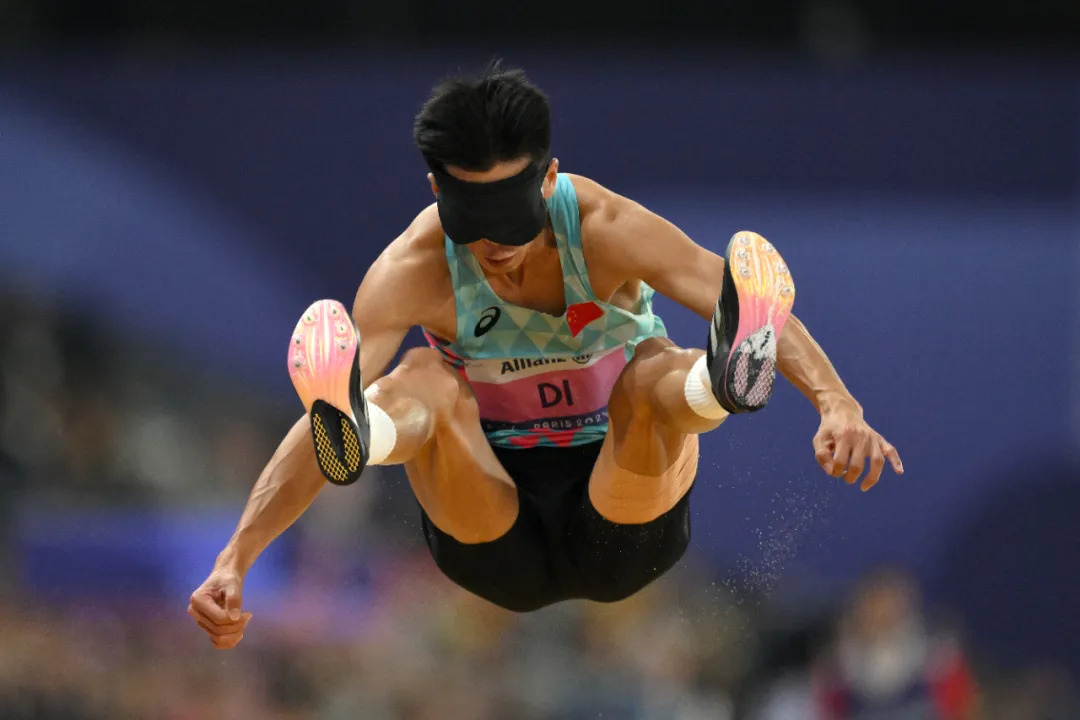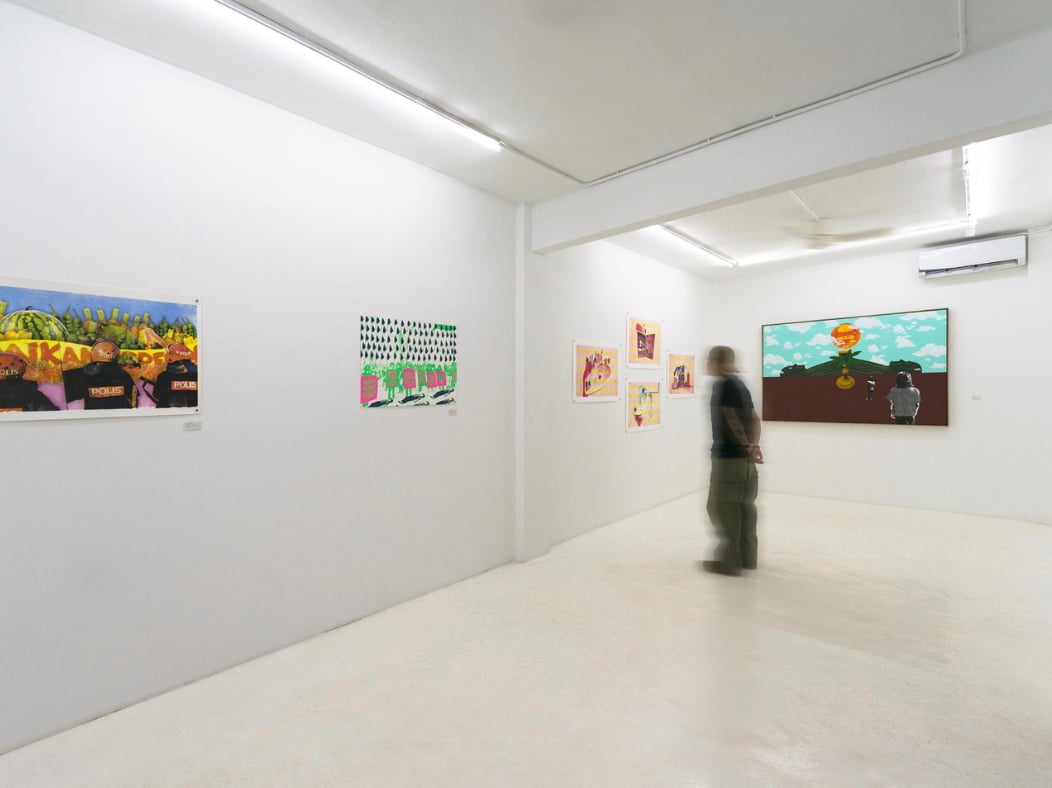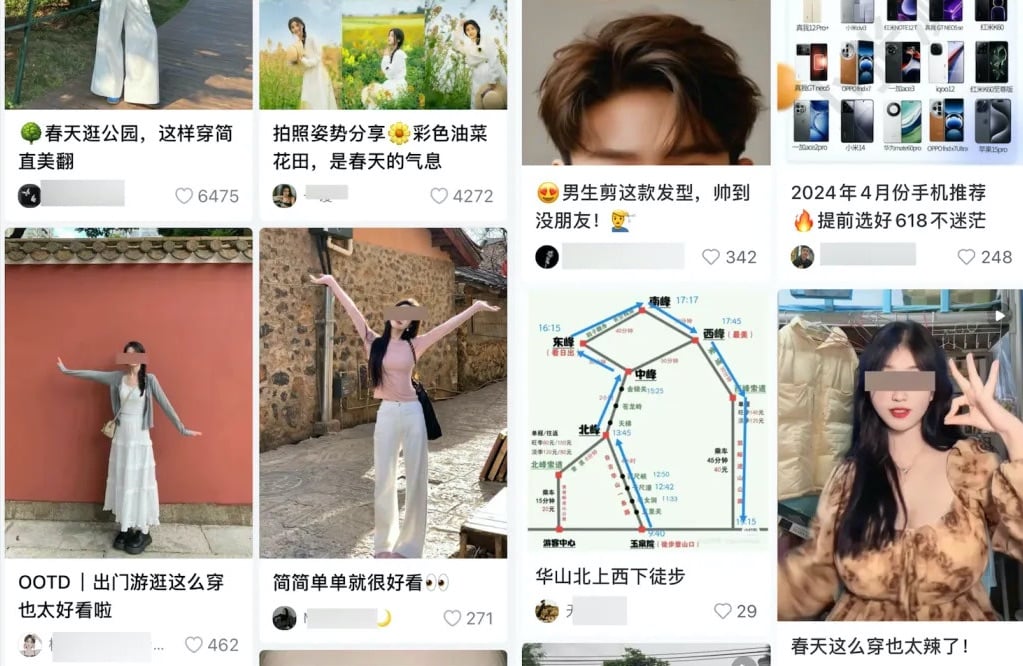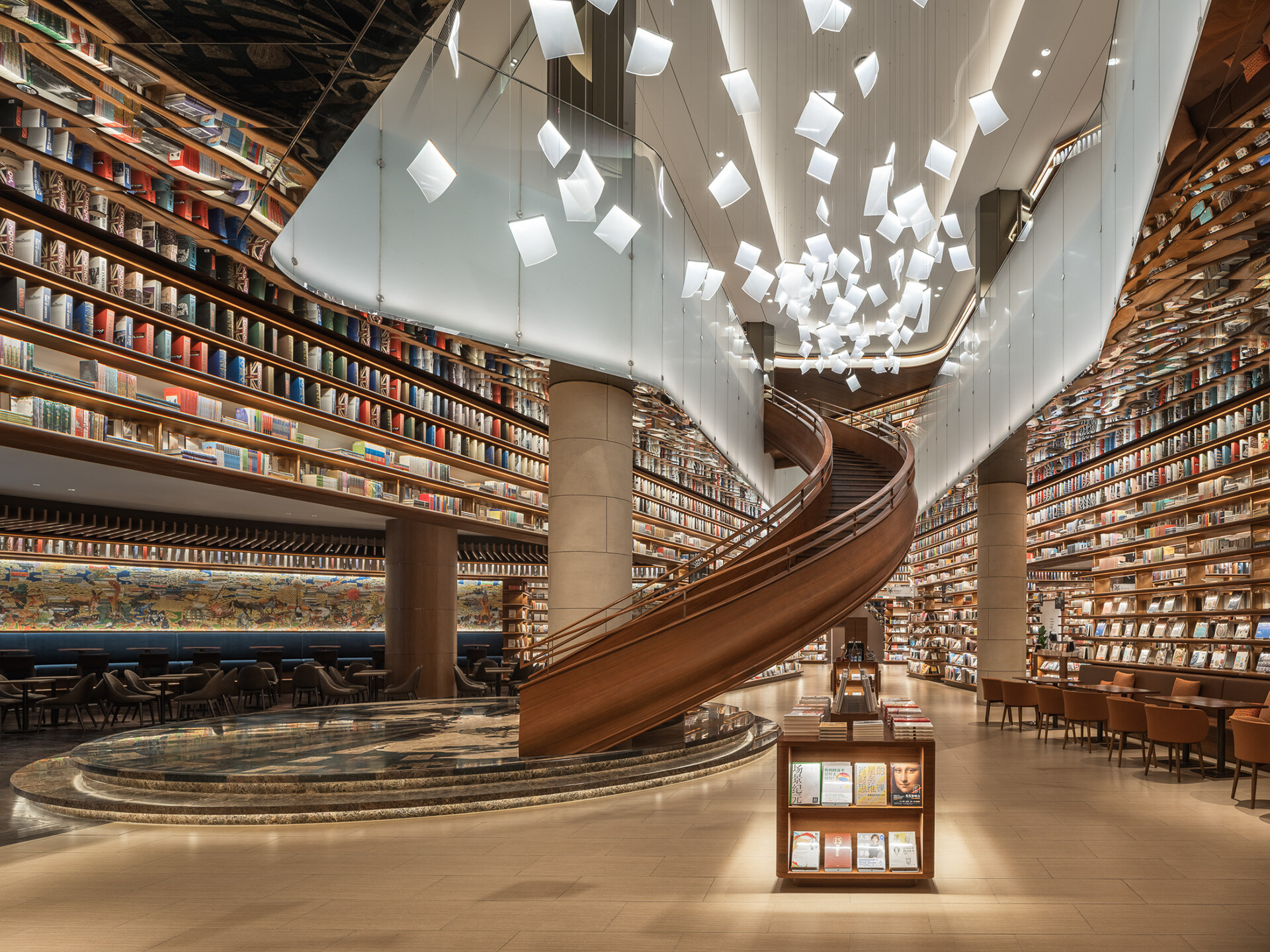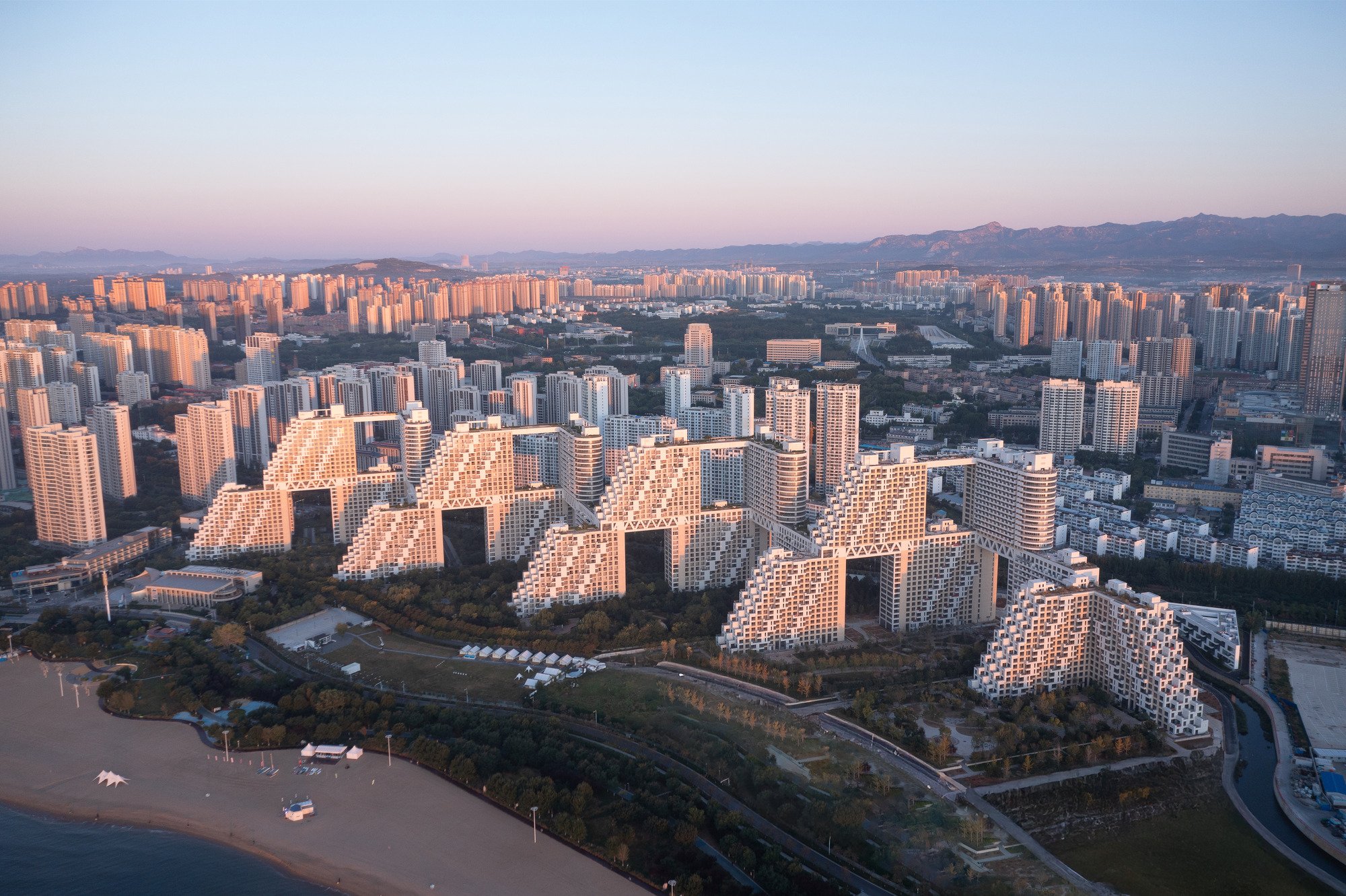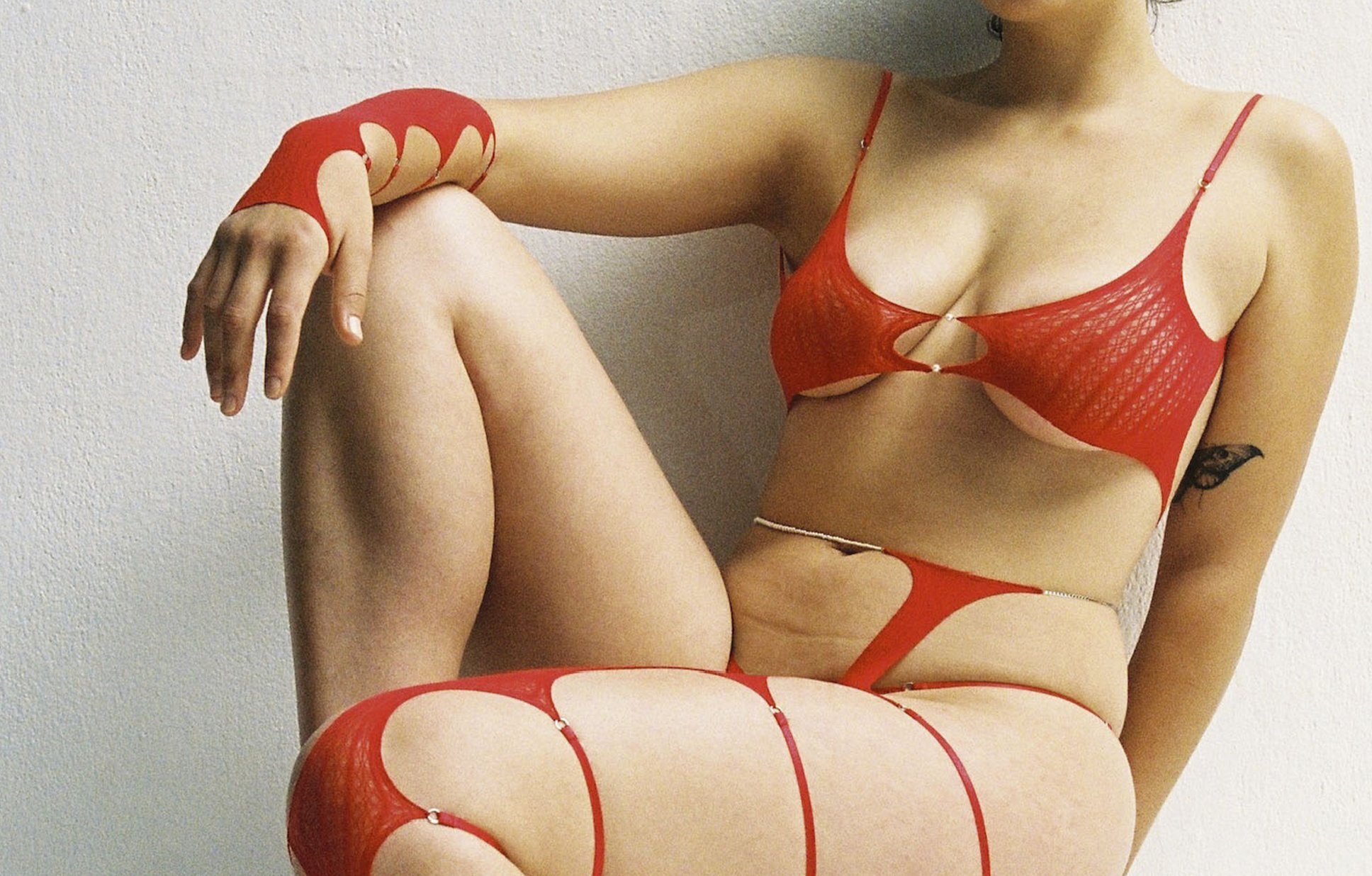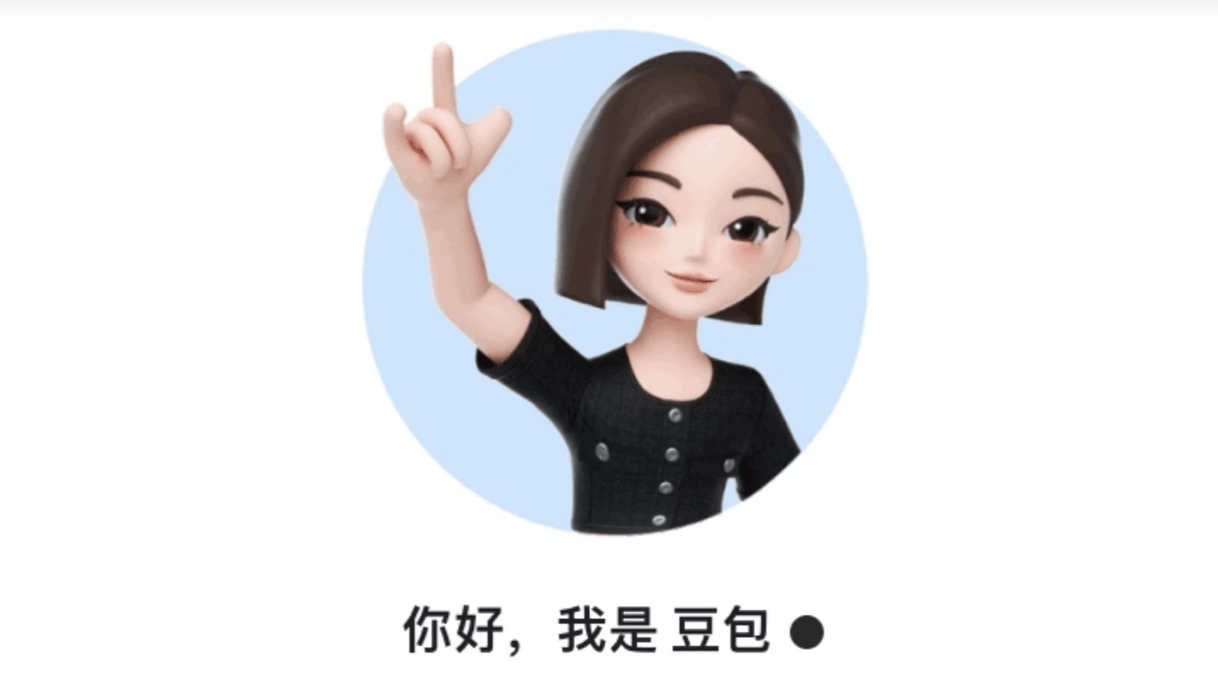Let’s admit it, summer is over in New York City. Everyone is back in the city, from international students who went home to China for summer break, to your rich neighbor who has returned from Koh Samui with a new tan. When everyone’s back, small talk is back, and the talk of the town in September is undoubtedly the Armory Show.
Held at the Javits Center this year, the art fair that started off scrappy and experimental now features galleries and artists from around the world. Do not fret, because here is RADII’s list of Asian artists and galleries featured in the Armory Show to casually bring up at a dinner party and seem extremely cultured.
Li Hei Di
Li is a London-based emerging artist originally from Shenyang in northeastern China, and her three panel painting Of Mercy to Shelter and Shield (2024) is on offer at the Michael Kohn Gallery booth. Born in 1997, in her paintings Li explores themes of gender and sexuality through a visual language that she considers to move fluidly between figuration and abstraction. Li told Artnet that her aesthetics are heavily influenced by her obsession with on-screen depictions of women in Hong Kong movies from the 80s and 90s. The ambiguous hybridity between femininity and masculinity that Li observes in these female film protagonists is embodied in the natural abstraction on her canvases.

Yoonhee Choi
Yoonhee Choi is a Korean artist represented by G Gallery, a leading contemporary art gallery in Seoul. Choi’s paintings are abstract, but her thread-like lines seem to imply an orderly rhythm, or as G Gallery describes them, “depict accumulated time that remains like a trace.” Last December, Choi’s work appeared alongside sculptures by fellow Korean artist Hwang Sueyon in the highly acclaimed G Gallery exhibition “Thick Skin.” Choi’s introspective, meditative, and expressive landscapes placed her on the map as one of five artists on Artsy’s radar last year.

Dominique Feng
This year’s Armory Show also features the Platform section, curated by former Brooklyn Museum curator Eugenie Tsai, entitled “Collective Memory.” Within the section one will find a number of artworks by Canadian artist Dominique Feng, which resemble a wooden market stand stocked with items that evoke Chinese wet markets, as well as vessels that reference objects from the Shang Dynasty. The artist intends to hint at the shape of the art market itself, drawing attention to items that incite questions about the value and hierarchies that we endow upon objects.

SPURS Gallery
The Beijing-based SPURS Gallery will be an exhibitor at this year’s Armory Show, presenting works from more than 20 artists, ranging from Chinese avant-garde pioneers who got their start in the 1970s, to the country’s young, emerging artists, and a few Western artists thrown in for good measure.
Among the works on display will be the artwork I-Ching Divination (1991) by Huang Rui, one of the founding members of the Beijing avant-garde art group the Stars, who kickstarted Chinese contemporary art in the 1980s. The gallery is also presenting work by emerging artist Hou Zichao, whose practice explores the confrontation between his personal approach to painting and electronic image viewing habits, creating a visualized contemplation on man versus nature in today’s cultural context.

Tang Contemporary Art
Originally founded in Bangkok, Tang Contemporary Art is now a familiar name around Beijing, Hong Kong, Seoul, and Singapore, with a commitment to promoting Chinese contemporary art around Asia and the rest of the world.
At the Armory Show, Tang Contemporary is presenting artist Cai Lei from Changchun in northeast China, whose work in both painting and mixed media sculpture concerns different conceptions of illusion and space that exceed singular dimensions. A pioneer of abstract art in China and another member of the Stars group, Zhu Jinshi will also be presented by the gallery.

Banner image by Haedi Yue.


